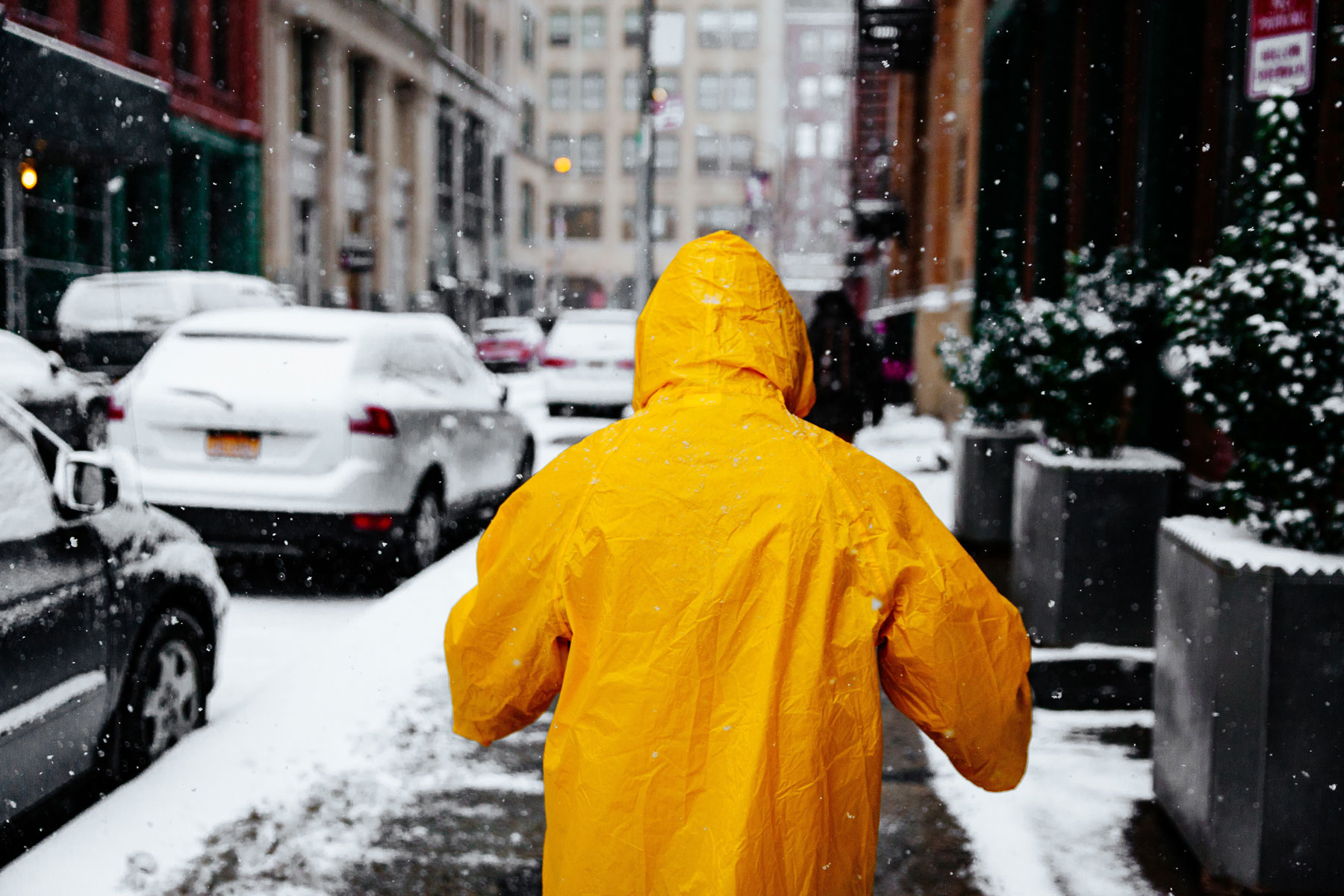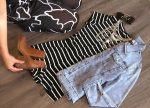As any student can surely tell you, transitioning into a new place to call home can be challenging to say the least. You might feel overwhelmed by the presence of new people, new buildings and new food.
If you happen to be moving into a school in a completely different part of the country, however, you’re probably facing a whole other set of challenges that will make adjusting a little more difficult, especially if you’ve moved to a region with a completely different climate than the place you call home.
To be more specific, if you’re about to experience real, frigid, extended cold weather for the first time in your life, you might be a little nervous. Let me tell you, as a New England native, you ought to be. But don’t fret; here are some of the best insider secrets on how to keep at least some of your body heat during the long winter in a cold climate.
1. The Classic Knee-Length Jacket
You don’t see New England city-goers sporting long, puffy, neutral-colored jackets just for fashion. Because these coats are packed with insulating material and encased in windproof material, they protect you from not only the freezing air but the frigid gusts of wind that will blow right through any other layer you have on.
The only other equivalent option with respect to coats is a ski jacket; while they aren’t long, they are immensely warm, and you might find that this is suitable for your needs. Either of these, but at least one of them, is imperative to living in a cold climate.
2. Boots. That’s it. Please buy them.
No matter how little you think you’ll be walking through fields of snow, boots are an absolute must for a cold climate. In a city, snow will be swept off the roads and onto sidewalks, and then it will either turn into ice or slush, depending on the temperature. And anywhere besides the city? Forget about having a cleared pathway. There’s really no way to avoid getting your shoes wet, so whether it’s legitimate snow boots, Timberlands or Doc Martens, make sure to buy a pair with plenty of time to break them in before the first snowfall is expected.
Also, a little PSA: Buying waterPROOF instead of water resistant materials is of the utmost importance. This goes for your shoes as well as your jacket. Anything labelled as “water resistant” means that it will protect you for the 30 seconds it takes for you to run inside if you are caught in a rain or snow storm. Beyond that, you’re on your own. Honestly, it’s best to avoid the whole product line altogether.
3. Shin-High, Super Warm Socks
Inside your boots you’re going to want to boost up your body heat with some insulating socks. Wool is the warmest material, but if you’re allergic (as many people are), there are plenty of synthetic fabrics that will do the trick. You’re also going to find that you might want to wear your long, warm socks with just about any shoe you wear, even if it’s sneakers or Birkenstocks. Keeping your toes warm is worth any dignity you might lose with your poor fashion choices; and, if it makes you feel any better, the rest of us will look just as foolish. We are here to survive this cold climate together.
If your toes (or fingers, for that matter) still need a little extra oomph to get some circulation going, don’t hesitate to break out a pack of hand warmers. Placing those little guys in your boots or gloves will go a long way.
4. Master the skill of layering
Now that we’ve gone over your outer layer, it’s time we start talking about what’s going on underneath. If you think you can get away with wearing just a T-shirt under your big puffy coat, you are severely mistaken. Even if you are comfortable outside, you need to think about the temperatures inside any building. The heat will be on everywhere, so you’ll be sweltering if you keep your jacket on; however, the central air might not be strong enough to make you feel as though you’re sitting in front of a wood stove. So a T-shirt won’t suffice in a cold climate, even indoors.
Bare minimum, you want to have at least three layers on every day: a regular shirt (which can be a T-shirt or long sleeve, depending on your personal preference), a sweatshirt/sweater and your jacket. As far as pants go, thick leggings, sweats and jeans should do the trick if you have your long jacket and warm socks.
Good under-layers to have or to wear as your first layer are long-johns and thermals (which are also perfect for insulating pajamas). Fleece is a great material to have as your second layer under your coat. And, if you can find fleece-lined pants, buy them; they will do more for you than you can imagine.
Hopefully, your adjustment to school is as smooth as it can be. And, for those of you who will be facing the cold climate in just a few short months, it will be uncomfortable, but you’ll get through it if you’re prepared with the warmest things money can buy. Good luck.













